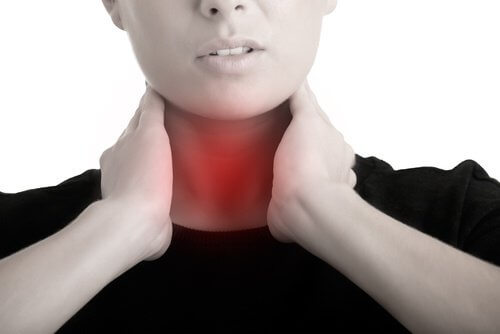The Flexner Report of 1910 permanently changed American medicine in early 20th century. Commissioned with the Carnegie Foundation, this report resulted in the elevation of allopathic medicine to to be the standard form of medical education and use in America, while putting homeopathy from the an entire world of what exactly is now referred to as “alternative medicine.”

Although Abraham Flexner himself was an educator, not a physician, he was chosen to evaluate Canadian and American Medical Schools and create a report offering ideas for improvement. The board overseeing the project felt that the educator, not a physician, gives the insights necessary to improve medical educational practices.
The Flexner Report triggered the embracing of scientific standards as well as a new system directly modeled after European medical practices of that era, specially those in Germany. The down-side on this new standard, however, was who’s created just what the Yale Journal of Biology and Medicine has called “an imbalance in the science and art of medication.” While largely profitable, if evaluating progress from your purely scientific perspective, the Flexner Report as well as aftermath caused physicians to “lose their authenticity as trusted healers” and also the practice of drugs subsequently “lost its soul”, in line with the same Yale report.
One-third of all American medical schools were closed as being a direct results of Flexner’s evaluations. The report helped select which schools could improve with a lot more funding, and those that wouldn’t benefit from having more financial resources. Those operating out of homeopathy were one of several people who could be power down. Not enough funding and support triggered the closure of numerous schools that did not teach allopathic medicine. Homeopathy was not just given a backseat. It turned out effectively given an eviction notice.
What Flexner’s recommendations caused would have been a total embracing of allopathy, the typical treatment so familiar today, through which prescription medication is given that have opposite results of the signs and symptoms presenting. If someone posseses an overactive thyroid, for example, the patient emerges antithyroid medication to suppress production inside the gland. It can be mainstream medicine in all of the its scientific vigor, which often treats diseases on the neglect of the sufferers themselves. Long lists of side-effects that diminish or totally annihilate an individual’s standard of living are considered acceptable. No matter if anybody feels well or doesn’t, the target is definitely on the disease-model.
Many patients throughout history are already casualties of their allopathic cures, and the cures sometimes mean living with a whole new group of equally intolerable symptoms. However, will still be counted as being a technical success. Allopathy targets sickness and disease, not wellness or perhaps the people attached with those diseases. Its focus is on treating or suppressing symptoms using drugs, most often synthetic pharmaceuticals, and despite its many victories over disease, it has left many patients extremely dissatisfied with outcomes.
Following the Flexner Report was issued, homeopathy turned considered “fringe” or “alternative” medicine. This kind of drugs will depend on some other philosophy than allopathy, also it treats illnesses with natural substances as opposed to pharmaceuticals. The basic philosophical premise on which homeopathy is predicated was summed up succinctly by Samuel Hahnemann in 1796: “[T]hat an ingredient that causes the signs of a disease in healthy people would cure similar symptoms in sick people.”
Often, the contrasts between allopathy and homeopathy may be reduced for the difference between working against or using the body to fight disease, with all the the previous working up against the body and also the latter dealing with it. Although both varieties of medicine have roots in German medical practices, your practices involved look quite different from one another. Two biggest criticisms against allopathy among patients and categories of patients concerns the treatment of pain and end-of-life care.
For many its embracing of scientific principles, critics-and oftentimes those tied to the machine of standard medical practice-notice something lacking in allopathic practices. Allopathy generally fails to acknowledge the body as being a complete system. A Becoming a naturopathic doctor will study her or his specialty without always having comprehensive understanding of how a body works together as a whole. Often, modern allopaths miss the proverbial forest for the trees, neglecting to start to see the body all together and instead scrutinizing one part like it weren’t linked to the rest.
While critics of homeopathy put the allopathic type of medicine with a pedestal, lots of people prefer utilizing one’s body for healing as an alternative to battling the body as though it were the enemy. Mainstream medicine carries a long good reputation for offering treatments that harm those it says he will be attempting to help. No such trend exists in homeopathic medicine. In the 1800s, homeopathic medicine had better success rates than standard medicine during the time. Over the last few years, homeopathy makes a powerful comeback, even during the most developed of nations.
For more information about definition of naturopathy explore our website: read



